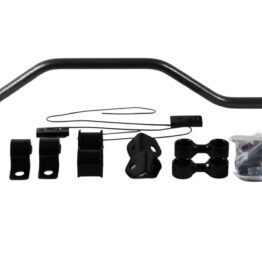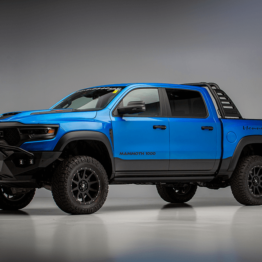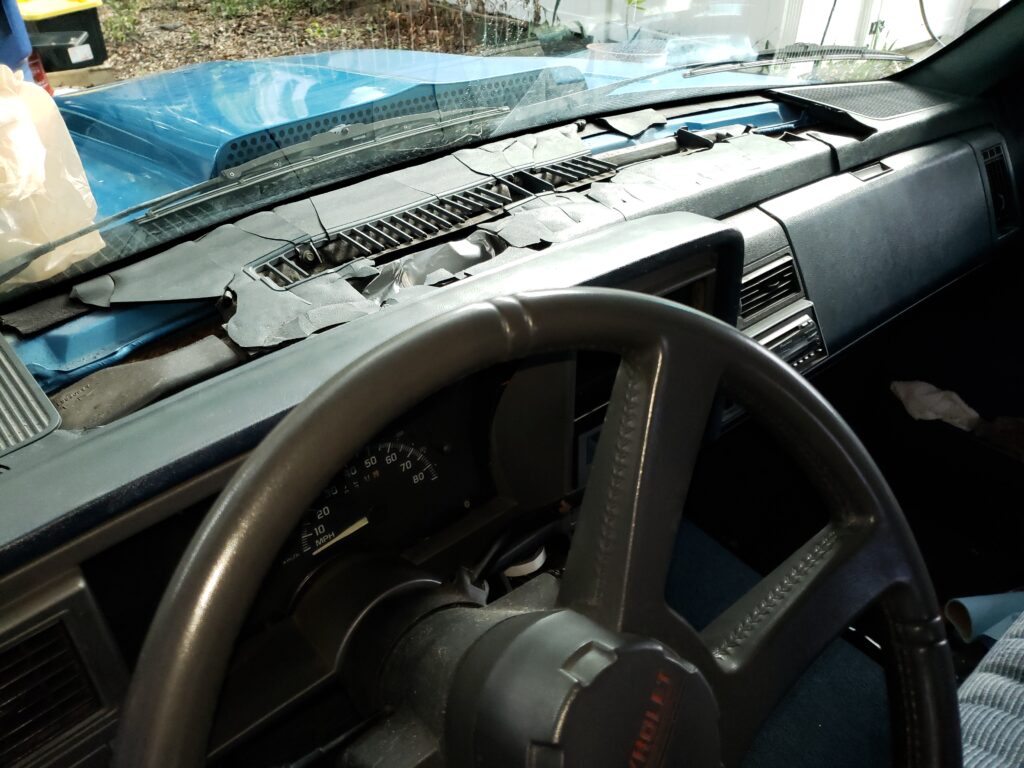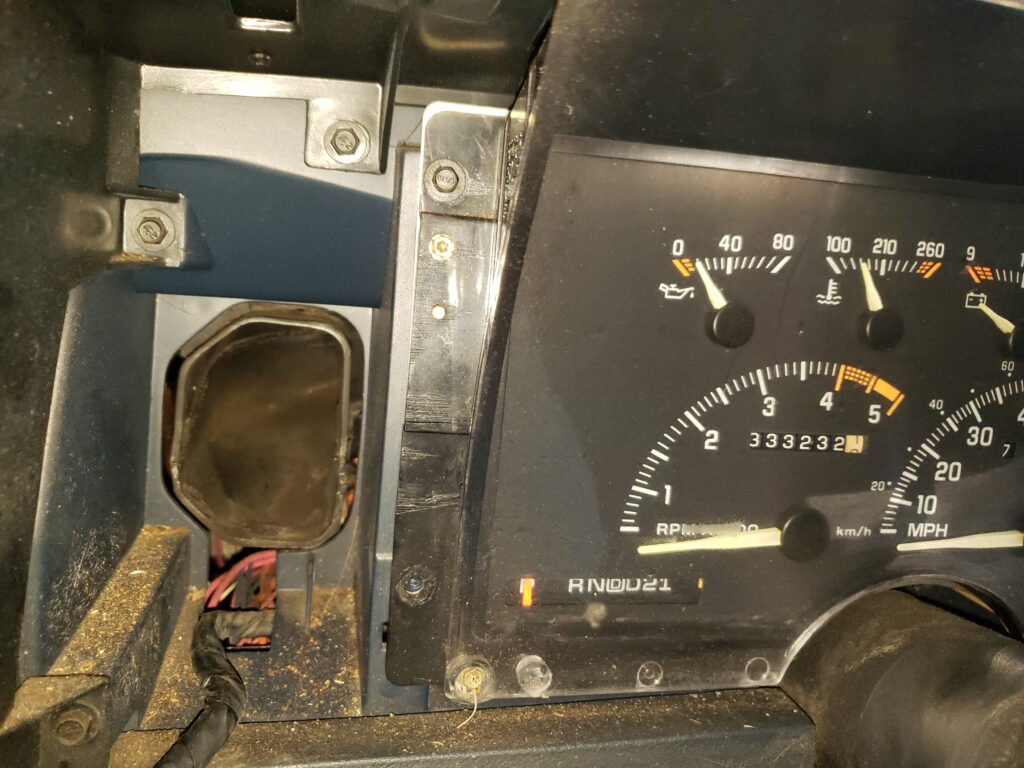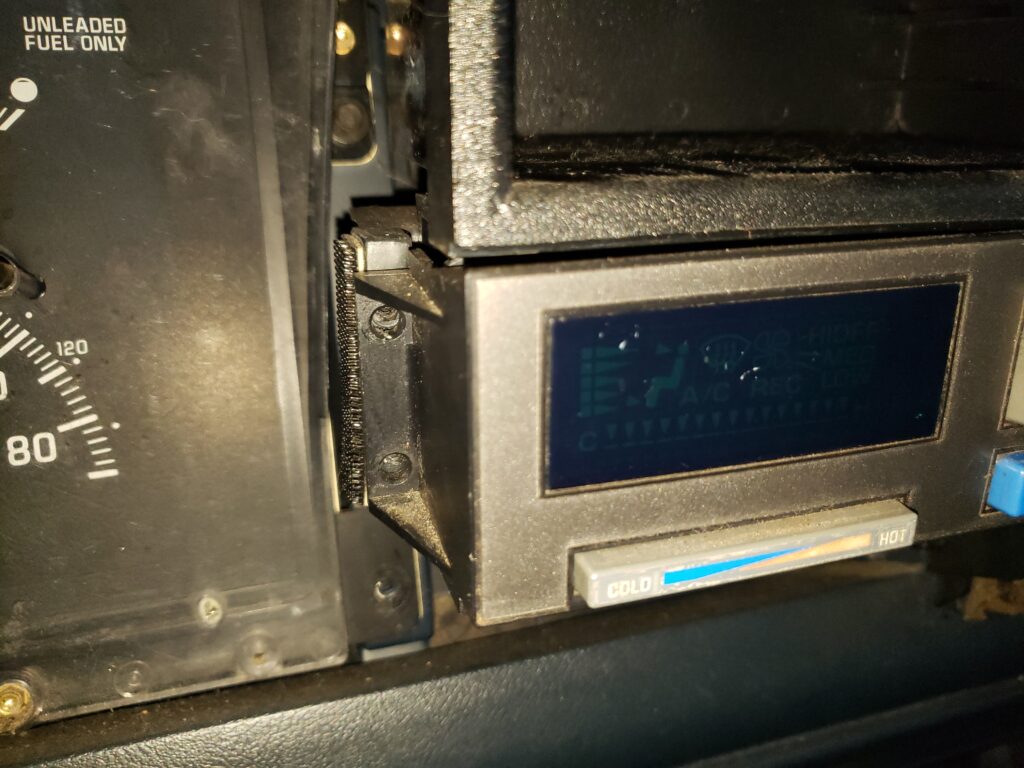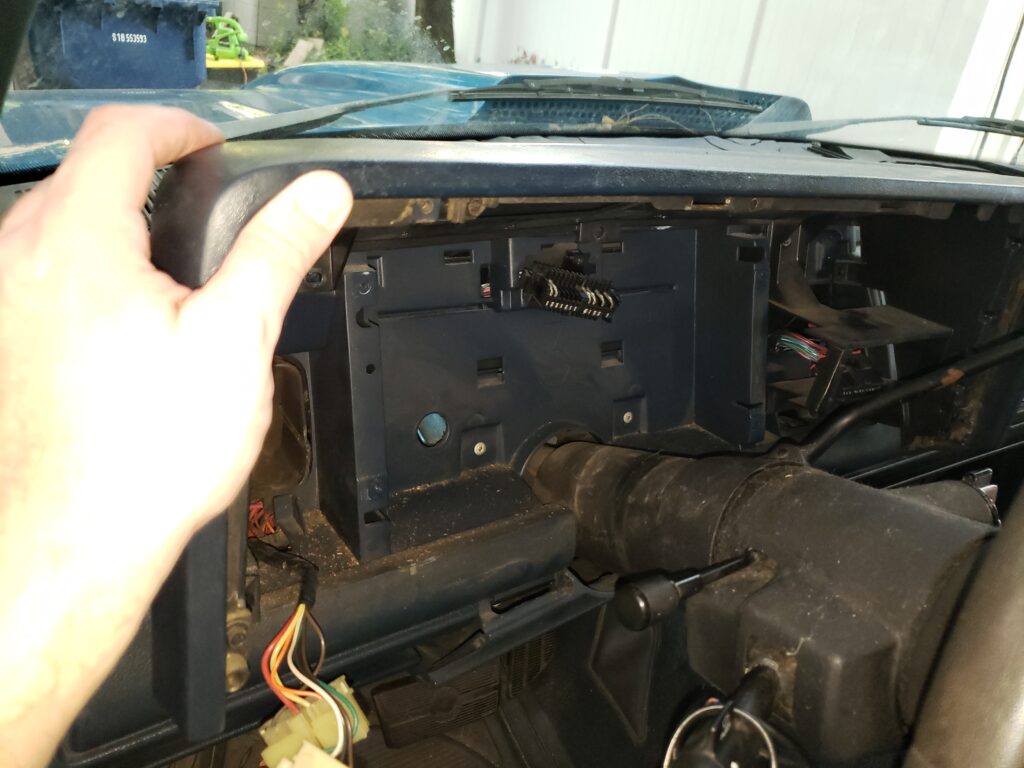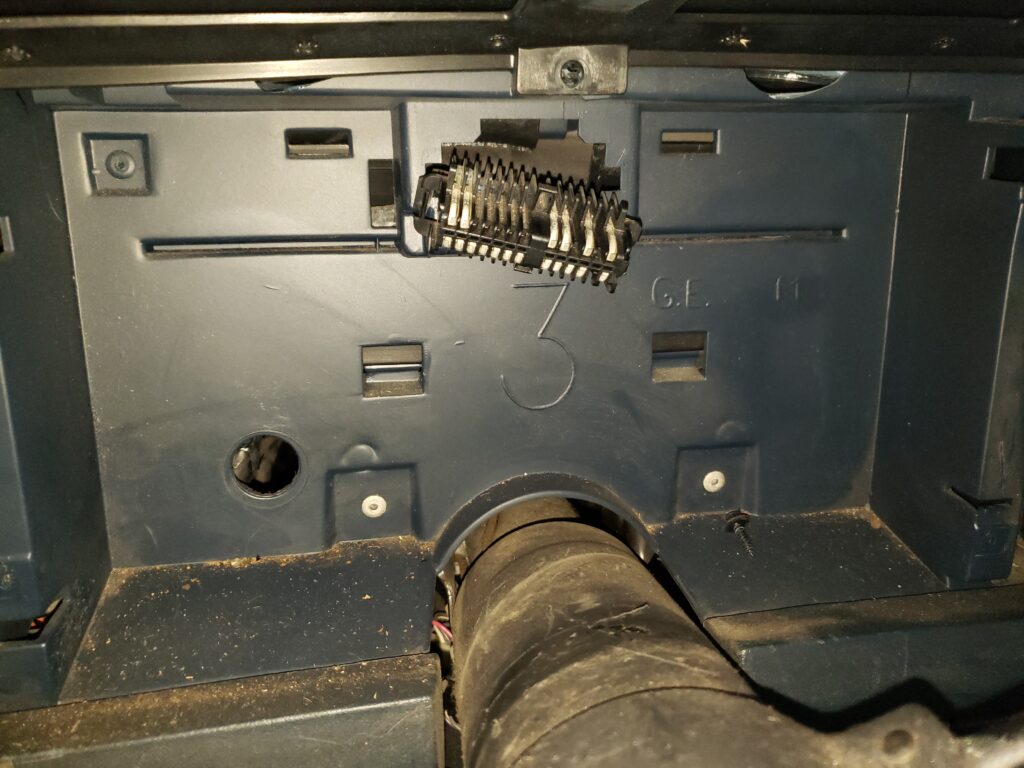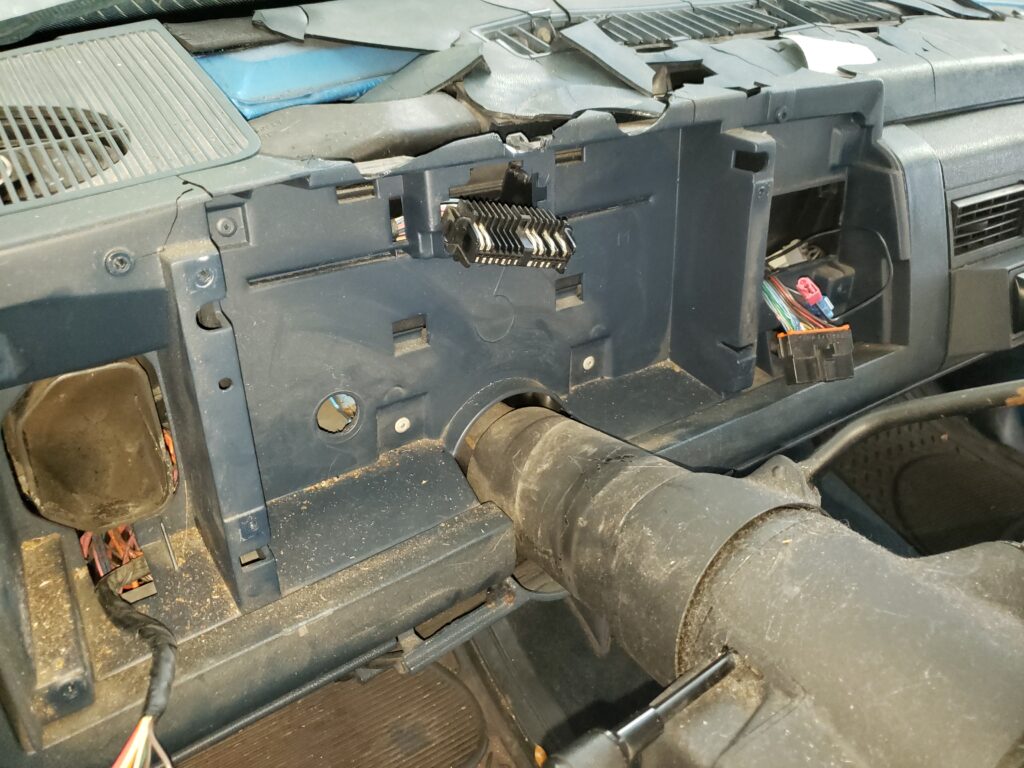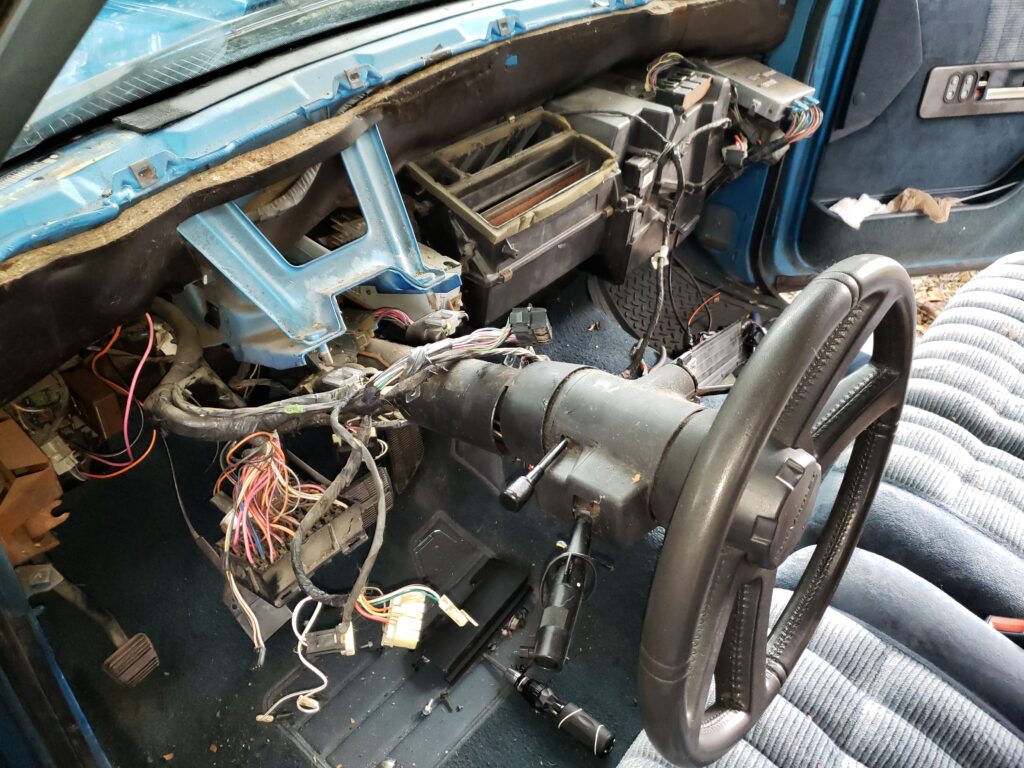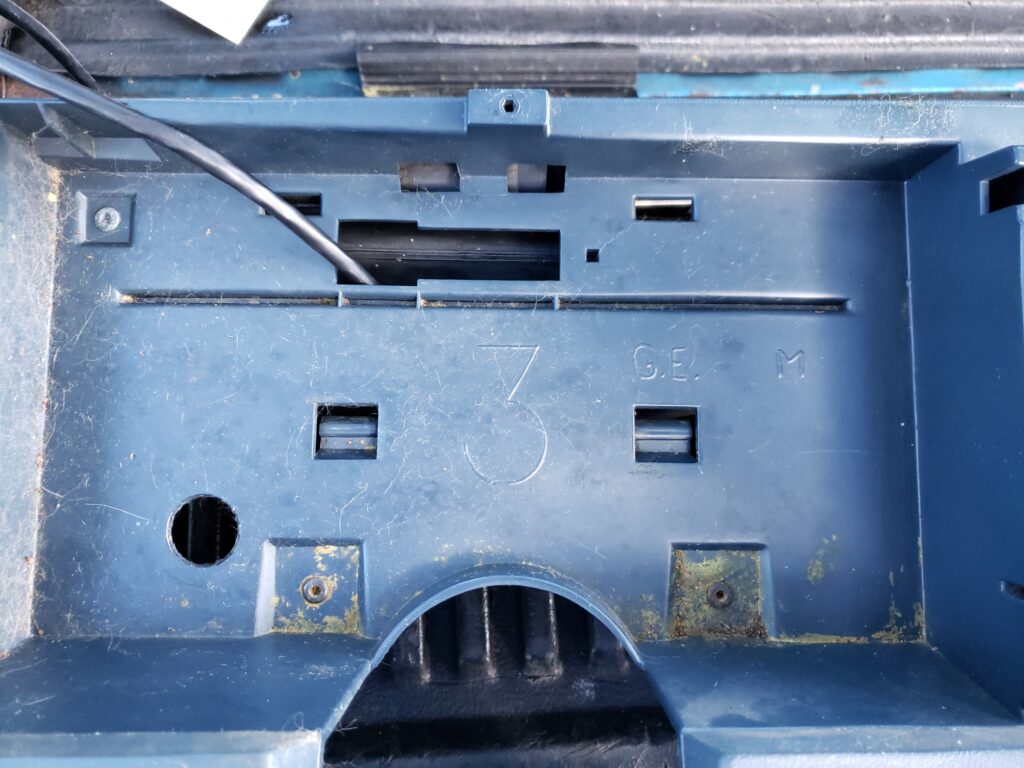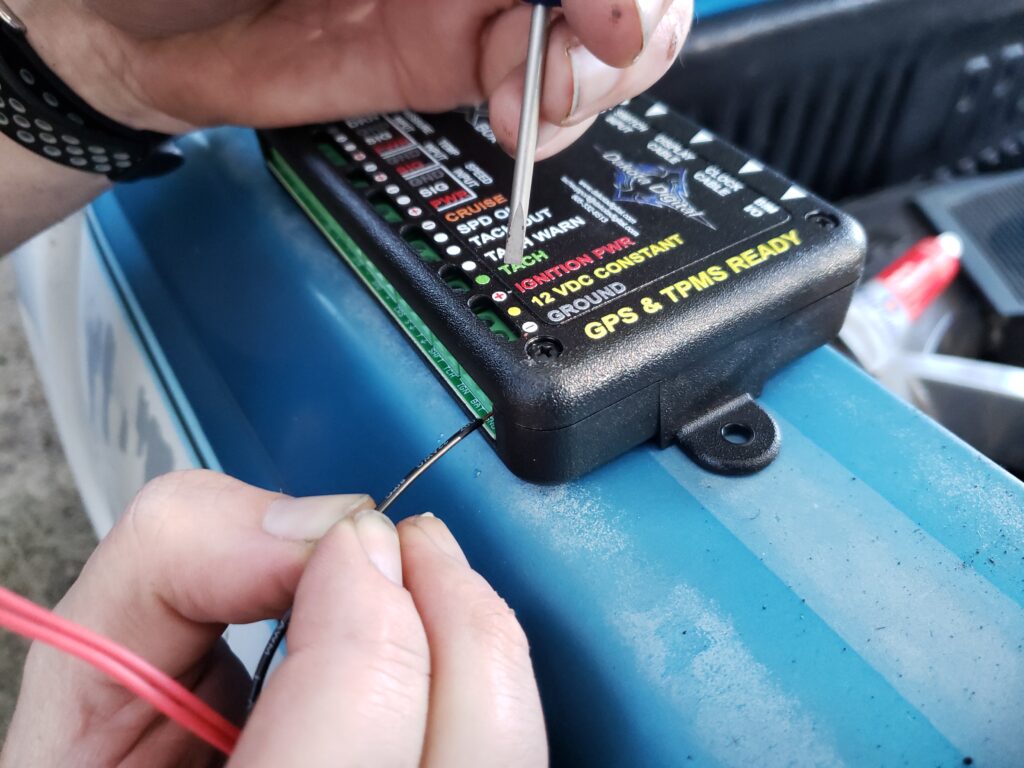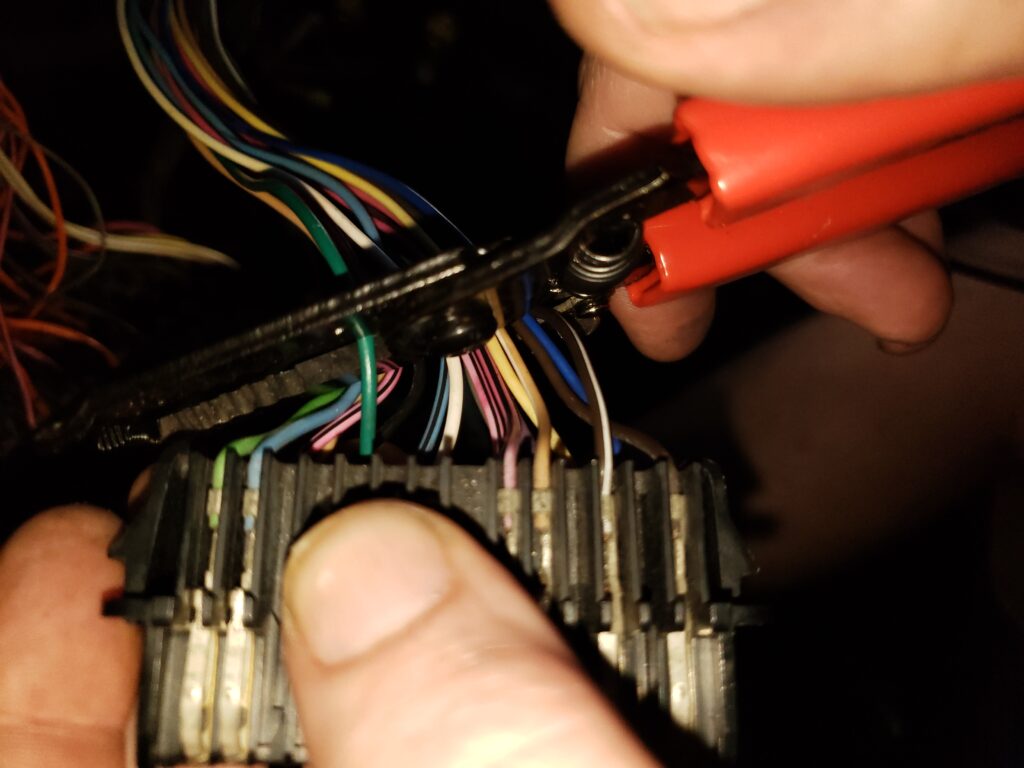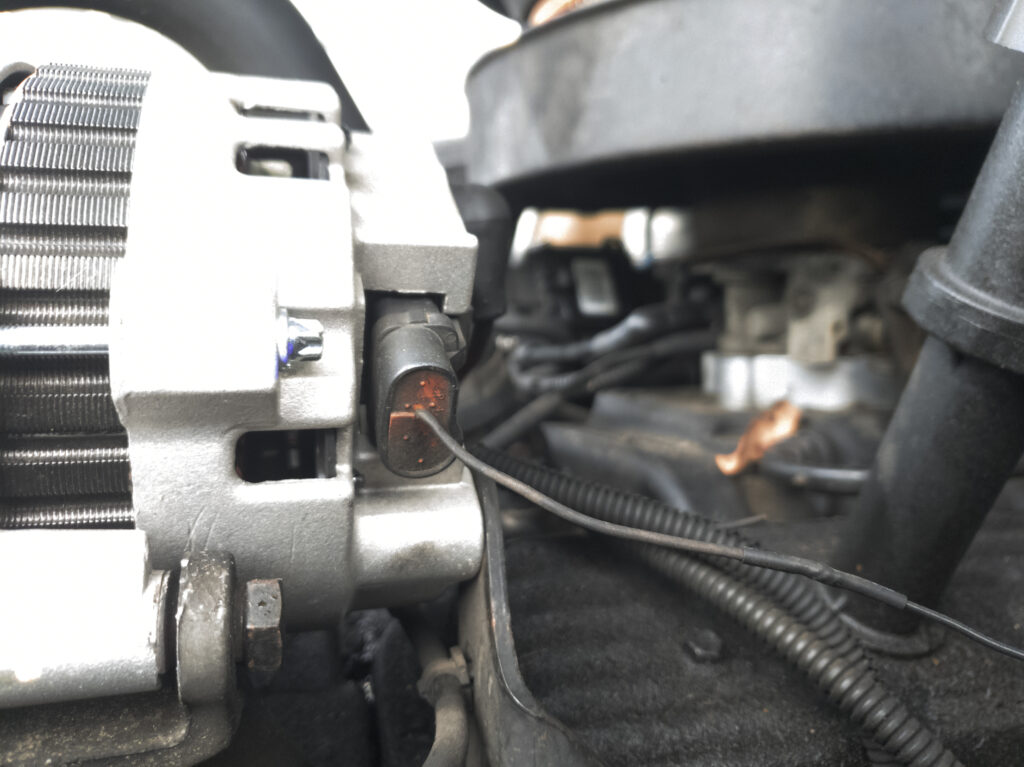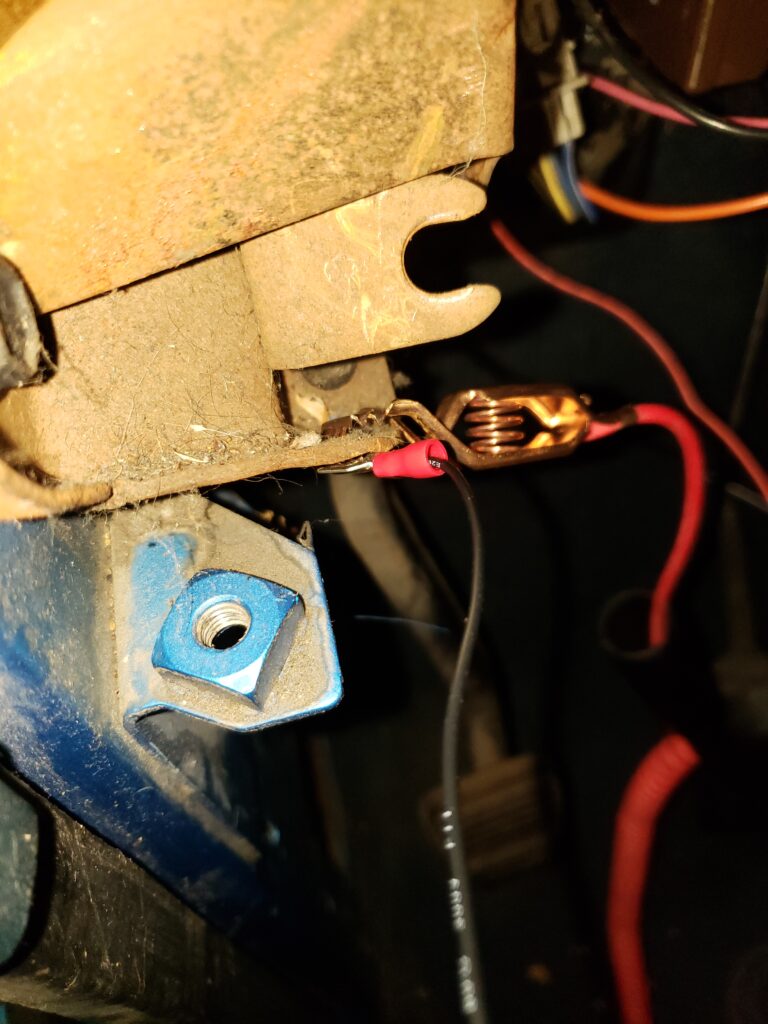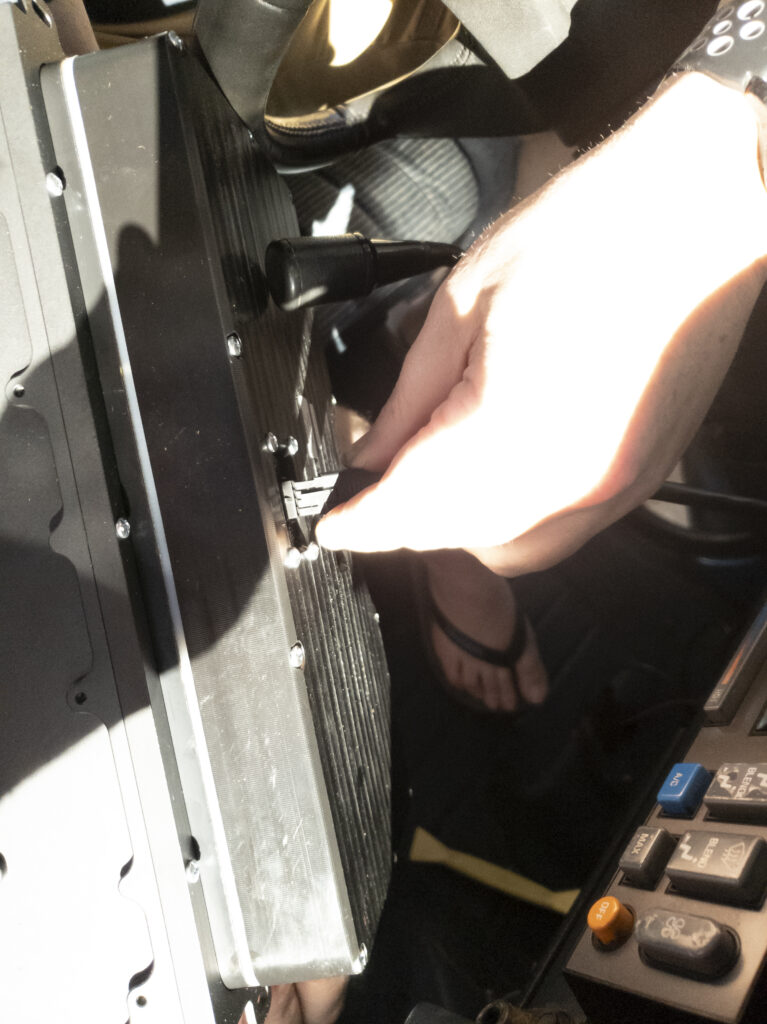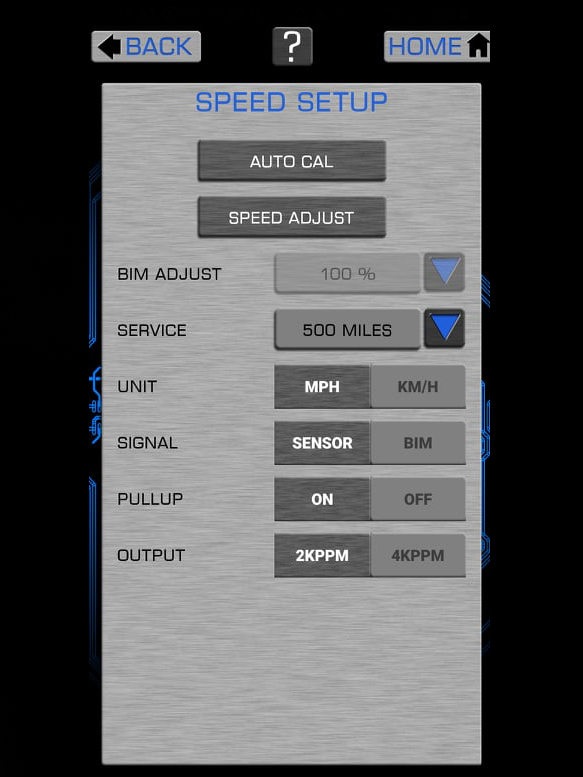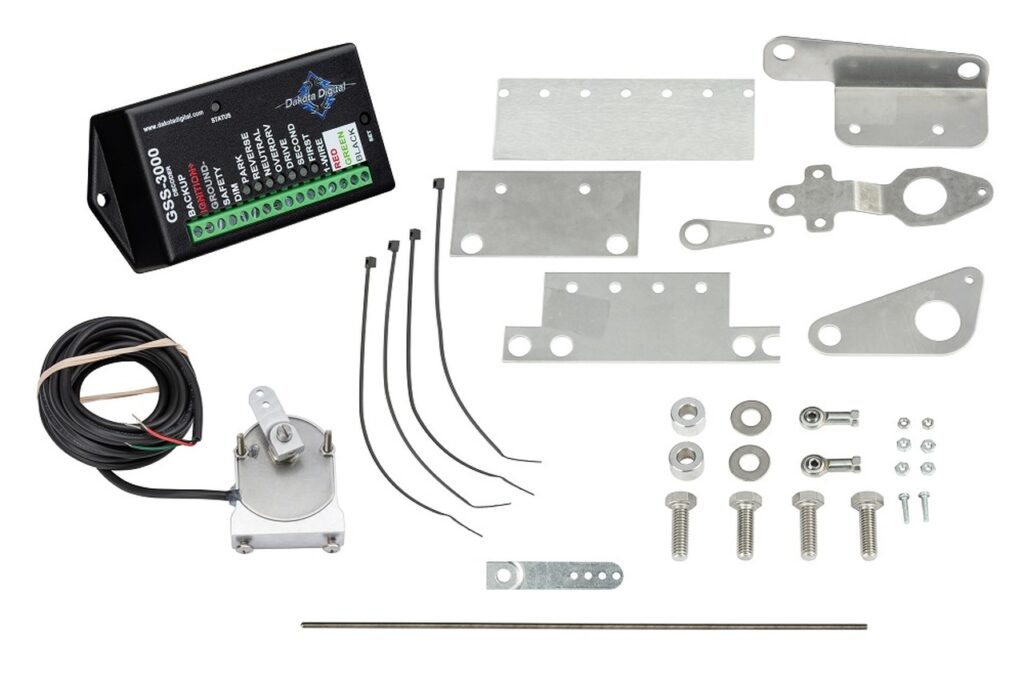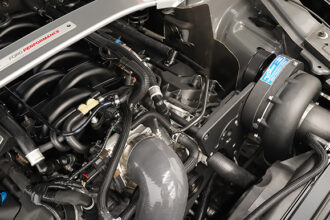photos/text by: Patrick Hill
Upgrading the outdated and limited factory gauge cluster on a 1988-94 Chevrolet Silverado/GMC Sierra full size tuck is easy thanks to Dakota Digital’s HDX gauge cluster system.
Ask anyone 5-10 years ago, no one would’ve told you the 1988-98 GMT400 series Chevy and GMC trucks would be seeing such a surge in popularity. The basic factors were there; large production numbers (literally millions), excellent affordability, factory V8 options and easy to work on. What wasn’t present was strong interest and diverse aftermarket support for anything beyond decorative items and lowering springs and spindles. But those are true no longer.
Aftermarket support for the GMT400 series has grown by leaps and bounds. Today you have full suspension upgrade systems for them, four-link and IRS conversions for the rear, brake upgrades, and mechanically everything you need to install just about any powerplant in one short of an old Packard Merlin V12.
One of the biggest weak spots for the 1988-94 models was the interior. Being heavily influenced by early- to mid-80s GM design philosophies and creativity (the quality of which can be debated hotly) meant these trucks had interior designs that didn’t age well. Or were just odd from the beginning, such as the mid-dash mounted tape player. One point in particular to stick out was the gauge cluster.
The early GMT400s (88-94) used a command center design that had all the gauges in one single unit in the dash. Early trucks (88-90) used a very 80s-style gauge design that had moving bars for indicators instead of typical needle-style gauges. 1992-94 trucks saw an update that used the same layout, but regular indicators with needles were used. While an improvement at the time, these also haven’t aged well. Both styles had two clusters and layouts. One was a non-tachometer equipped with a large center speedometer flanked by two accessory gauges on each side. The other had a factory tach in a Siamese-type layout in the middle with all four accessory gauges moved in a single line above the main two gauges. Tachometers had redlines under 5000 RPM, and the speedos maxed out at 85 mph.
Dakota Digital has changed the aftermarket gauge world its line of VHX and HDX direct-fit gauge clusters. Featuring digitally-controlled analog readouts with modern info centers, these new clusters totally change the look of any dash they’re installed in. And for early GMT400 owners they change the entire look of the dash and bring something designed in the mid-1980s as far into the 21st century as possible.
Neither the early or the late (pictured) 1988-94 GMT400 gauge cluster designs have aged well. Besides the overall style being outdated, the speedometer maxes out at 85 mph, and the tach redline comes in below 5000. Not great for either Gen I small-block upgrades or LS conversions, both of which are popular now with the GMT400 series. One small update to our factory cluster years ago was replacing the original bulbs with blue LED bulbs.
By contrast, the Dakota Digital HDX analog gauges have a 160 mph speedo, 8000 rpm tach and secondary gauge ranges that work well with any engine. Plus, the HDX series features a programmable info center that provides a variety of engine data readouts, customizable through the Dakota Digital app.
Our ’92 Silverado’s dash was cracked to pieces, a common problem with the 1988-94 GMT400 interiors. Thanks to some good luck during an LKQ trip, we just happen to find a recent arrival to the yard with a completely uncracked dash for $65. Installing the Dakota Digital system provided the perfect opportunity to install the new dash also.
The factory cluster is held in by four bolts, accessible once you remove the plastic bezel covering the whole cluster.
While you can get the cluster out without removing the climate control unit, it’s makes the install of the Dakota Digital cluster easier. For removing these bolts, you’ll need the skinniest socket you’ve got because the two on the right side are in a really tight space.
Even if you’re not doing a full dash replacement like us, removing the padded surround is a must for installing the Dakota Digital cluster. It makes running the wiring harness for the new cluster easier, and for modifying the main plug opening on the existing dash.
At this point the removal process is finished, but don’t go cutting off the factory gauge plug yet. Later on you’ll need some of the factory wires to feed data to the Dakota Digital ECU box. Leaving the plug intact will make it easier to find and pull those.
One last look at the old dash (well, what’s left of it!) before removal. If your dash isn’t in as bad a shape and can be repaired, this is the time to do it.
With the dash completely removed, you can see how things are behind it. The dash being out is great chance to do some cleaning on the HVAC system, and replace your heater core and blower motor.
Our replacement dash was from a 1991 truck, so the mounting hole for the factor gauge plug was different from the 1992. This was a blessing in disguise, as we didn’t have to cut the hole to allow the plug from the Dakota Digital ECU. The kit comes with a cutting guide to help you expand the factory hole properly to clear the new Dakota Digital wiring. This also allows for the factory gauge plug to be pushed back into the dash to the new cluster will fit properly.
The Dakota Digital control box is clearly marked so you know where to plug every wire into. Some hookups will come from the new sensors included with the kit. Other wires will come from the factory harness. The box MUST be mounted inside the vehicle, and you want to avoid locating it next to A/C ducts that can have condensation which could possibly drip onto the wires feeding into the box and create issues.
The Dakota Digital kit comes with its own sensors and wiring for oil pressure and coolant temp. From the factory harness/gauge plug you’ll need to pull the wire for the voltmeter, tachometer, fuel sending unit, and the wires for the various indicators like turn signals, brake light, check engine light, etc.
One critical piece of wiring for this install is the hookup from the alternator to the gauge cluster. On the 1988-94 Chevrolet/GMC full size, if the alternator doesn’t get a signal from the gauge cluster voltmeter, the alternator will not energize and provide power. We hooked the excitor wire into the HDX’s box
To run the wiring from the oil pressure switch and the temperature sending unit, we cut a hole in this factory bulkhead grommet to run the wiring through. It’s located high enough on the firewall so water intrusion to the interior is highly unlikely, and the tight fit of the wiring pretty much seals up the hole.
Good solid grounds are important for installing the HDX system to prevent any electrical gremlins from happening. We used a test light to check where we selected to mount the ground for the HDX, right next to where the dash assembly bolts to the cab.
Before installing the HDX cluster assembly we plugged it in to make sure everything was working properly. This proved to be a smart move. When the steering column was bolted back into place, we didn’t notice the main data cable from the cluster to the control box had been pinched and partially cut. This meant having to get a new cable from Dakota Digital at the last minute. Big thanks to Scott at Dakota Digital for his help on that one!
A spectacular feature with the HDX gauge series it the Blue Tooth interfacing phone app that not only helps you do the initial setup on the cluster (odometer, speedometer, rev limit and other warning indicators), but also lets you easily customize many features on the cluster such as the gauge face and needle colors, what info is displayed in the central data display, and set daytime and nighttime display colors for the cluster if you want.
To calibrate the speedometer you need to go someplace free of traffic with a clear mile of road to drive. Then hold both switches on the cluster to enter setup mode then open the phone app on your phone. Then go to the SETUP section, then SPEED, then hit the AUTO CAL button. Press the START button, and once the display shows DRIVE 1 MI start driving. When the counter hits one mile, hold one of the buttons on the cluster to save the data collected. The number of pulses will be displayed in one of the upper screens. Then hold one of the buttons to exit the SPEED menu, then exit setup mode. You should be all set.
The HDX has provisions for a transmission gear indicator in the central data display since the factory analog indicator isn’t present on the new cluster. To use this function, you’ll need Dakota’s Gear Shift Position Indicator Sending Unit, part no. GSS-3000.
Here’s the final result. Instead of the outdated early-90s factory cluster, we have a modern looking, customizable gauge cluster that changes the whole look of the dash while providing a full array of data displays and info to work with any engine a GMT400 can be customized with. And if you feel like change the look up to suit your mood or tastes, just use the phone app to customize things in seconds.

Patrick Hill has grown up around the automotive aftermarket, and carries a lifelong passion for performance, racing and automotive nostalgia that spans from the Tri-Five era to the current modern performance market.




